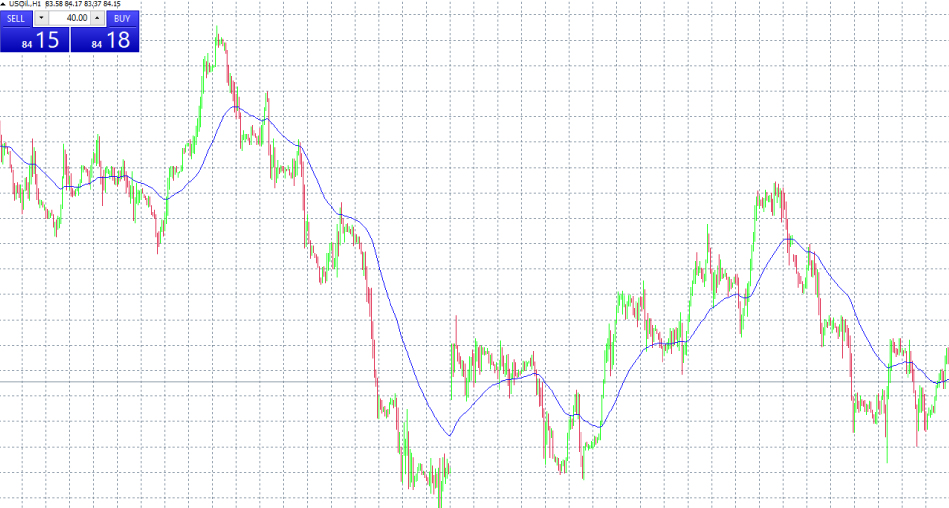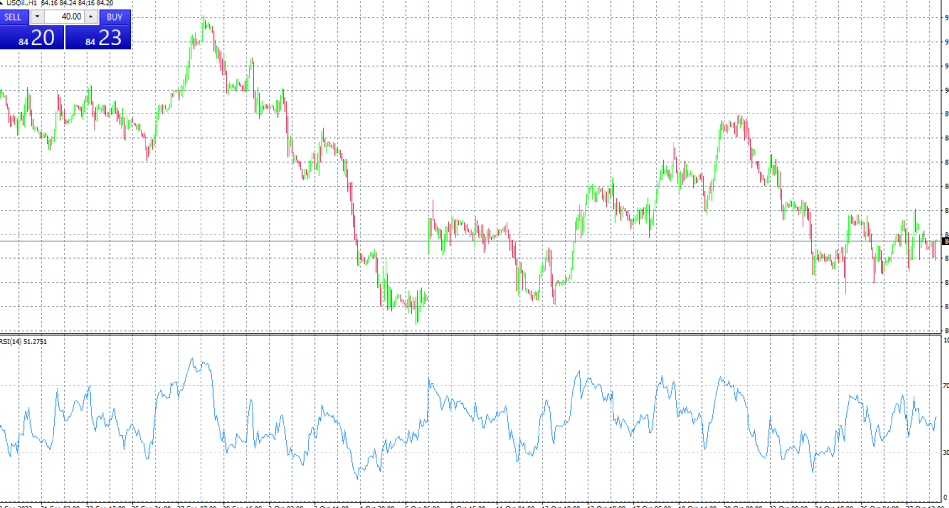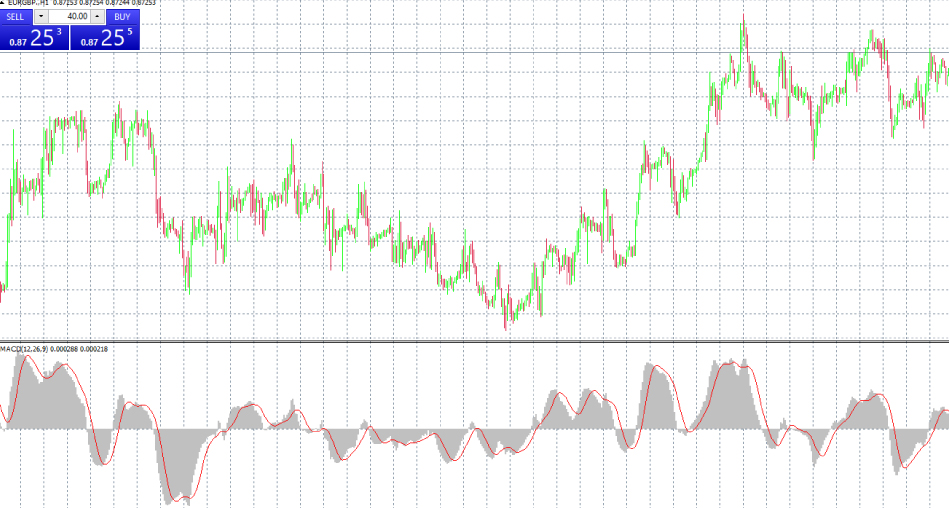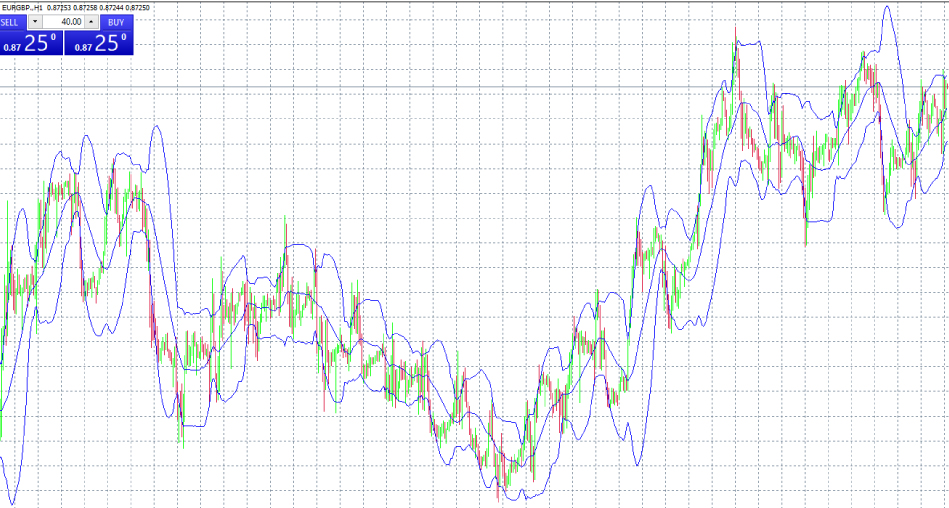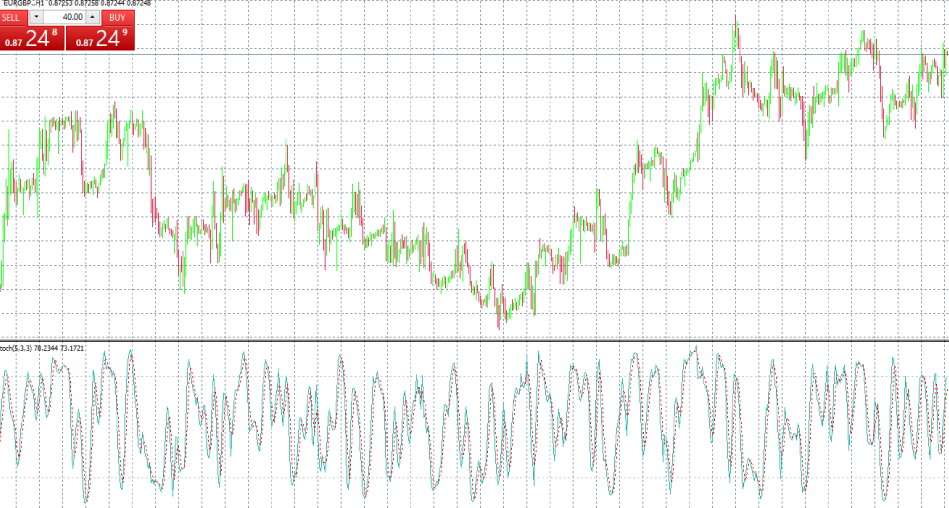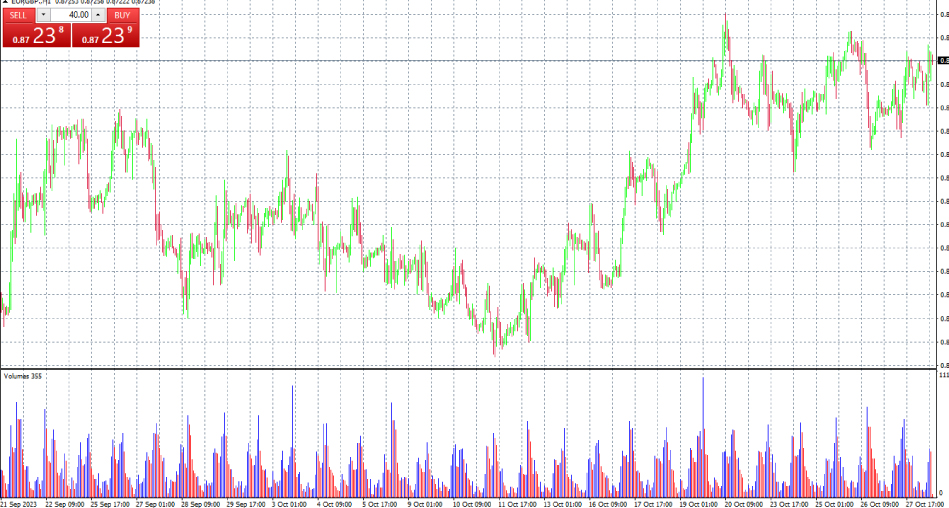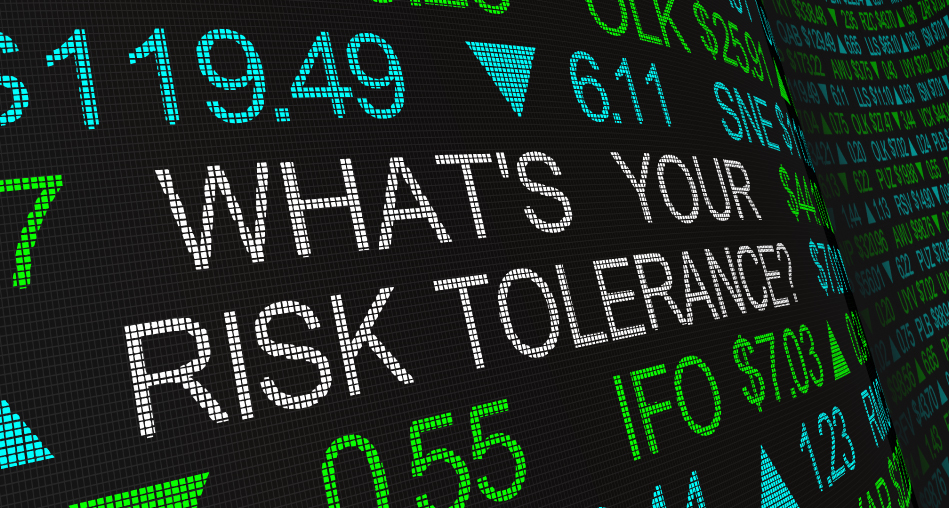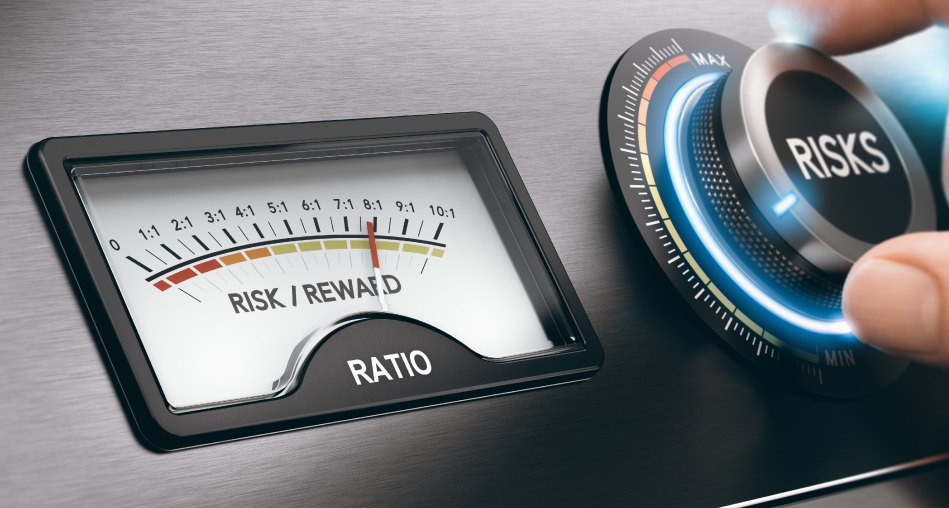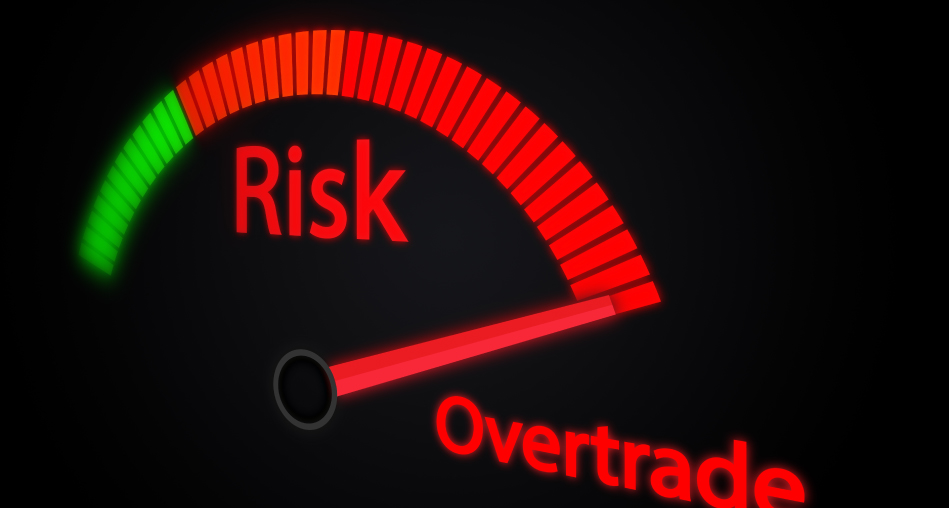Introduction:
Silicon Valley Bank has long been the go-to financial institution for tech startups and investors in the Bay Area.
However, SVB now faces its own struggles that mirror the broader challenges confronting Silicon Valley.
SVB Stock Crash:
SVB’s stock plunged over 75% in 2022 amidst the tech downturn.
Originations slowed as funding dried up for unprofitable startups. Higher loan losses are expected in a recession.
Exposure to Volatility:
SVB’s heavy concentration on the volatile startup sector backfired as rising rates and plunging valuations slammed tech. Diversification could have reduced risks.
Leadership Uncertainty:
Long-time CEO Greg Becker announced his departure in January 2023 without a permanent successor lined up, creating uncertainty atop management.
Stiffening Competition:
As tech hubs spread globally, SVB faces more competition both from major banks and smaller regional rivals focused on startups.
Missed Opportunity in Crypto:
Unlike some competitors, SVB failed to capitalize much on the cryptocurrency boom to expand its client base before the 2022 crash.
SVB now confronts the downsides of its strategic dependence on Silicon Valley startups. With the region itself struggling, SVB appears vulnerable going into an economic slowdown. Defending its market position will prove challenging.
Conclusion:
SVB’s fortunes remain tied to those of Silicon Valley.
As the tech center faces threats to its elite status, SVB must similarly adapt to preserve its long-held position as the startup bank of choice.
Expanding beyond its geographic and sector focus could foster stability when Silicon Valley falters.










